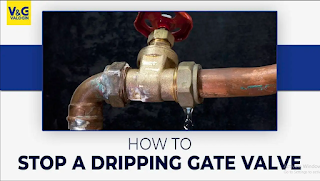An Overview of Brass Ball Valves
Having the correct valve is crucial when controlling the flow of fluids or gases in a pipeline system. Brass ball valves have gained immense popularity in various industries due to their excellent performance, durability, and versatility. This comprehensive guide will delve into brass ball valves, exploring their features, applications, benefits, and the factors to consider when choosing the ideal valve for your specific needs.
What Are Brass Ball Valves?
Brass ball valves are essential components to control fluid or gas flow within a pipeline system. They consist of a hollow ball with a bore through the centre, which allows or blocks the flow of the medium. The ball is typically made of brass, a versatile and durable material known for its excellent mechanical properties and corrosion resistance.
How Do Brass Ball Valves Work?
Brass ball valves rotate a lever or handle to turn the ball within the valve body. When the bore aligns with the pipeline, the flow is enabled, while rotating the ball 90 degrees block the flow completely. This simple yet effective mechanism provides precise flow control and shut-off capabilities.
Critical Components of Brass Ball Valves
Understanding the critical components of brass ball valves can help you decide when to select the correct valve. The main features include the valve body, ball, stem, seats, and seals. The valve body provides the structure and connection points, while the ball controls the flow. The branch connects the handle to the ball, and the seats and seals ensure a tight seal when the valve is closed. Read More
Types of Brass Ball Valves
Brass ball valves come in various types to accommodate applications and installation requirements. The most common styles include full and standard port ball valves, threaded and sweat brass ball valves, lever handle and T-handle ball valves, and mini ball valves for compact spaces. Each type has specific features and advantages that suit different situations.


Comments
Post a Comment